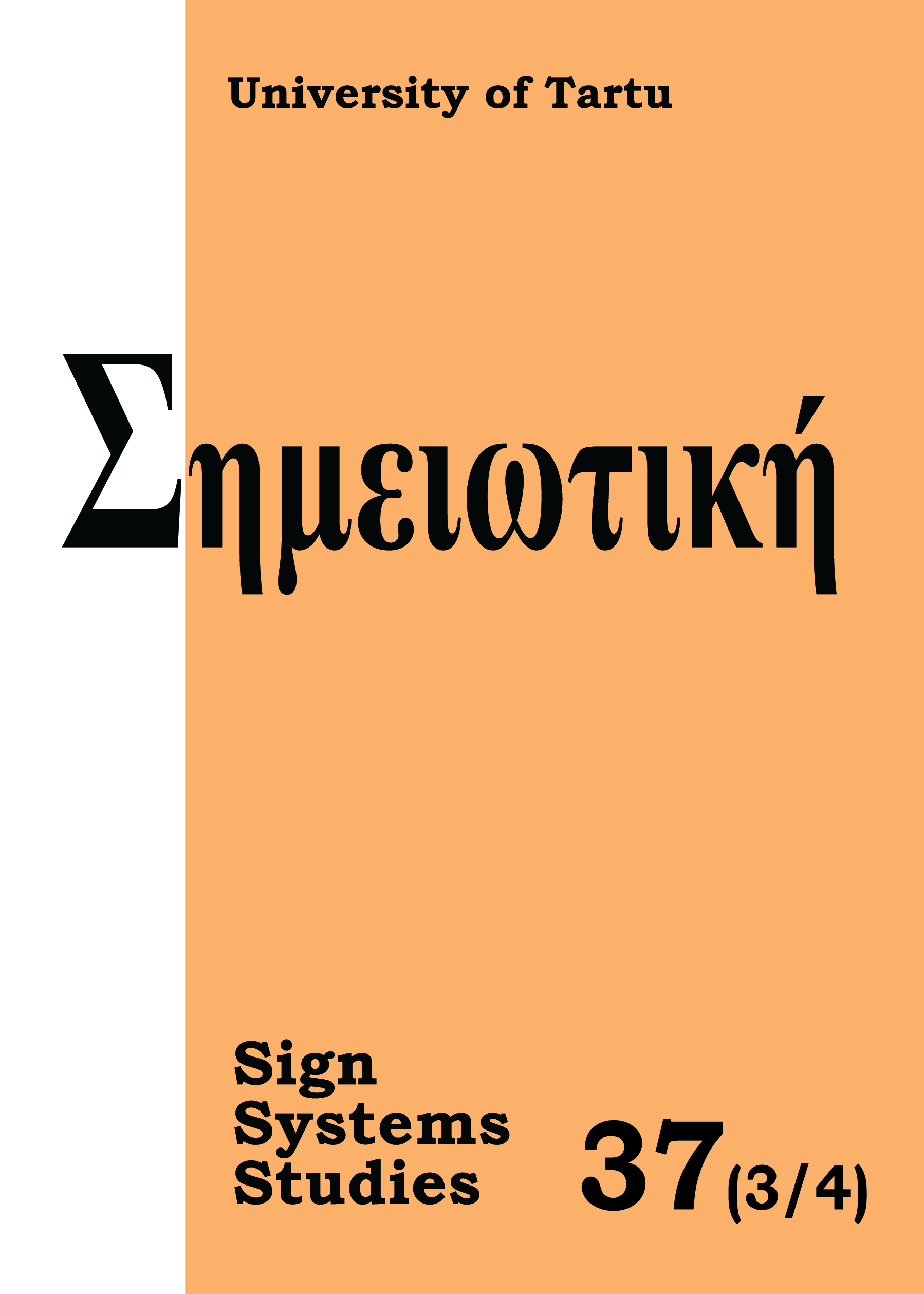Conditioning or cognition? Understanding interspecific communication as a way of improving animal training (a case study with elephants in Nepal)
DOI:
https://doi.org/10.12697/SSS.2009.37.3-4.09Abstract
When animals are trained to function in a human society (for example, pet dogs, police dogs, or sports horses), different trainers and training cultures vary widely in their ability to understand how the animal perceives the communication efforts of the trainer. This variation has considerable impact on the resulting performance and welfare of the animals. There are many trainers who frequently resort to physical punishment or other pain-inflicting methods when the attempts to communicate have failed or when the trainer is unaware of the full range of the potential forms of human-animal communication. Negative consequences of this include animal suffering, imperfect performance of the animals, and sometimes risks to humans, as repeated pain increases aggression in some animals. The field of animal training is also interesting from a semiotic point of view, as it effectively illustrates the differences between the distinct forms of interaction that are included in the concept of communication in the zoosemiotic discourse. The distinctions with the largest potential in improving human-animal communication in animal training, is understanding the difference between verbal communication of the kind that requires rather high cognitive capabilities of the animal, and communication based on conditioning, which is a form of animal learning that does not require high cognitive ability. The differences and potentials of various types of human-animal communication are discussed in the form of a case study of a novel project run by a NGO called Working Elephant Programme of Asia (WEPA), which introduces humane, science-based training and handling methods as an alternative to the widespread use of pain and fear that is the basis of most existing elephant training methods.Downloads
Download data is not yet available.
Downloads
Published
2009-12-01
How to Cite
Telkänranta, H. (2009). Conditioning or cognition? Understanding interspecific communication as a way of improving animal training (a case study with elephants in Nepal). Sign Systems Studies, 37(3/4), 542–557. https://doi.org/10.12697/SSS.2009.37.3-4.09
Issue
Section
Articles


